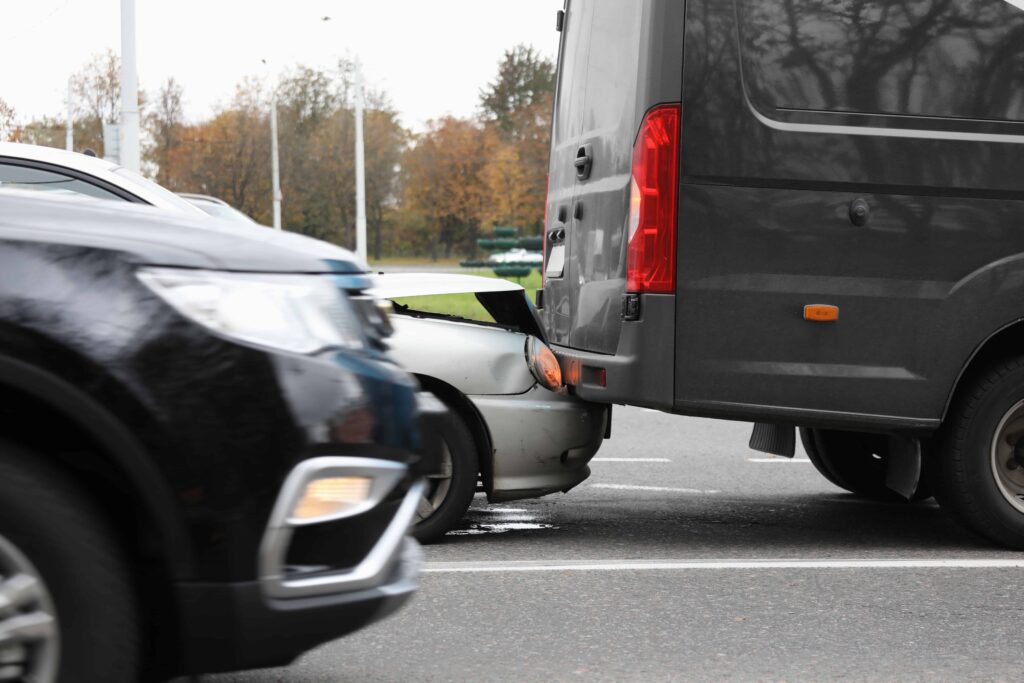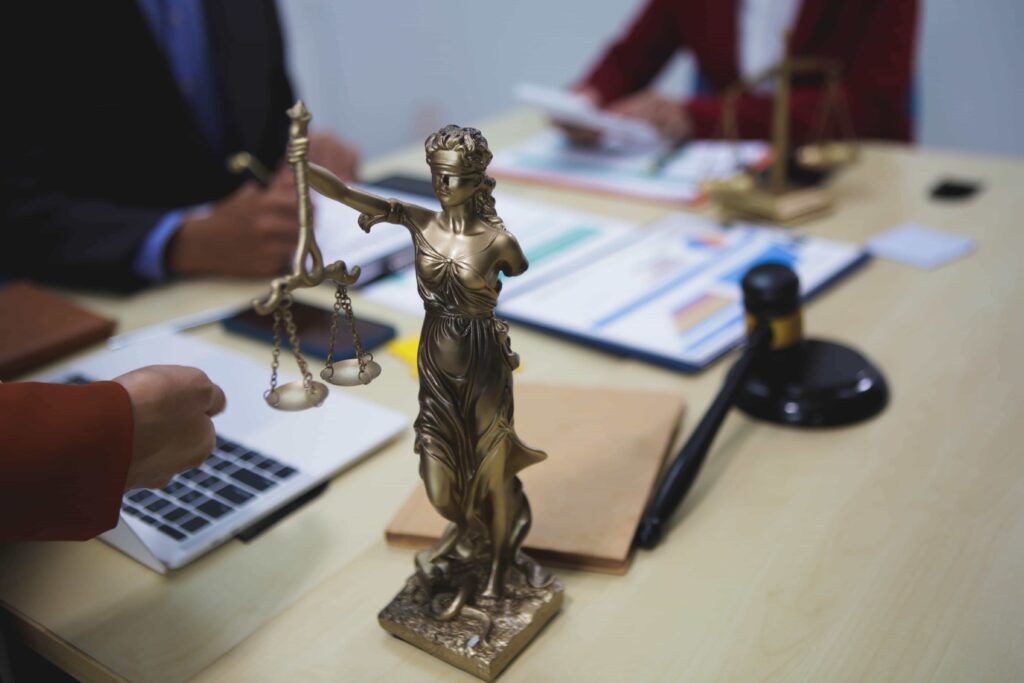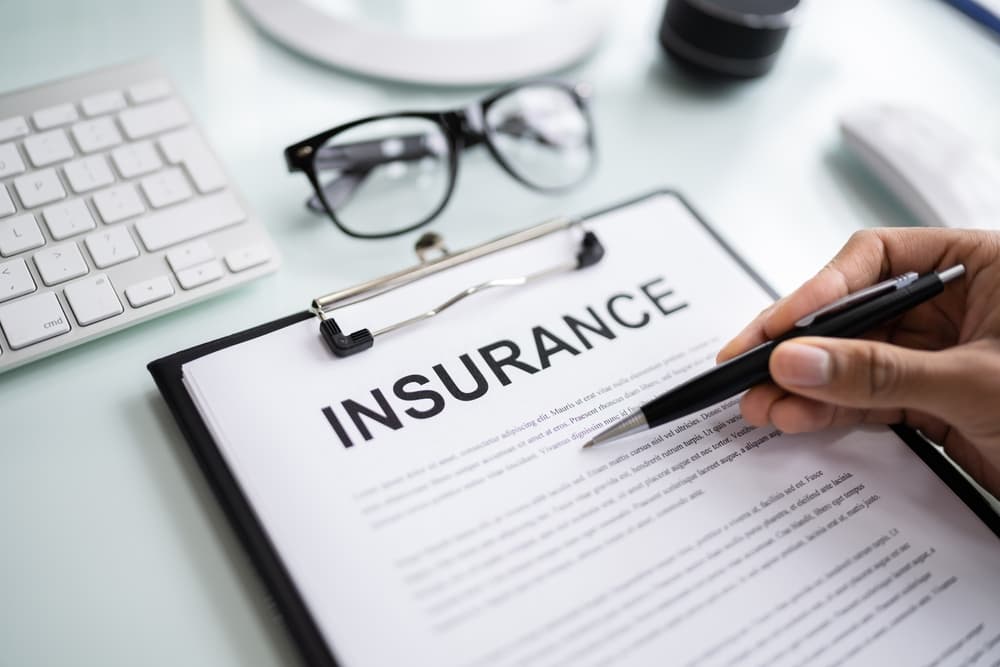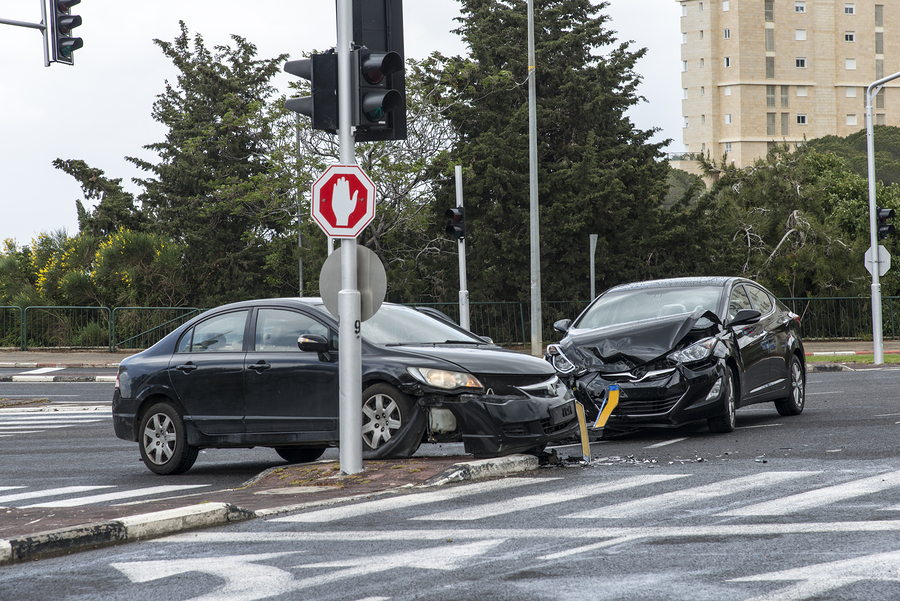Getting rear-ended in Richmond traffic can transform an ordinary day into a nightmare of medical appointments, insurance calls, and mounting bills. While many assume that fault determination in rear-end accidents is straightforward, Virginia’s unique legal landscape creates complications that can significantly impact your ability to recover compensation.
Working with an experienced Richmond car accident attorney provides the experience and advocacy necessary to navigate Virginia’s complex legal system and secure the compensation you deserve.
Key Takeaways
- In most rear-end collisions, the rear driver is typically presumed at fault, but evidence can overcome this presumption.
- Insurance companies often dispute fault and injury claims to minimize payouts, making documentation necessary.
- Medical evidence linking your injuries to the accident becomes essential for proving damages in Virginia courts.
- Richmond’s unique traffic patterns and road conditions create specific challenges for proving rear-end collision claims.
- Contact a qualified car accident lawyer immediately to protect your rights under Virginia’s strict legal standards.
The Presumption of Fault in Rear-End Accidents

In Richmond, rear-end collisions generally create a legal presumption that the following driver is at fault, since motorists must maintain safe distances and control their vehicles to prevent crashes. This rule often benefits injured front vehicle occupants.
However, the presumption is not absolute. It can be challenged with evidence showing the front driver caused or contributed to the crash, such as sudden stops, mechanical issues, or unsafe maneuvers.
Factors like heavy I-64 traffic, construction zones, or sudden weather shifts can complicate fault determination. Clear weather and normal flow strengthen the presumption, while adverse conditions may open the door to dispute.
Proving Fault in Richmond Rear-End Collision Cases
Successfully proving fault in a Richmond rear-end collision requires clear, credible evidence that demonstrates how the crash happened and who is responsible. Under Virginia’s strict contributory negligence rule, even the smallest gap or inconsistency can be used to deny you compensation entirely, making thorough evidence gathering essential.
- Police reports form a crucial starting point. Richmond officers document their observations, witness statements, and probable causes, but these reports are not infallible. A skilled car accident attorney can challenge them if other evidence paints a different picture.
- Physical evidence from the crash scene, vehicle damage patterns, skid marks, debris placement, and final vehicle positions often tells the most persuasive story.
- Witness testimony adds another layer of proof. Independent witnesses who saw the lead-up to the crash or the rear driver’s actions can strengthen your case. Since memories fade quickly, your attorney will work to secure these accounts promptly.
- Vehicle maintenance records may also be key. Mechanical failures, such as brake malfunctions or acceleration issues, can shift or share fault, potentially adding manufacturers or service providers as liable parties.
With so much at stake under Virginia’s laws, an experienced Richmond car accident lawyer will know how to collect, preserve, and present this evidence to maximize your chances of a successful claim.
Insurance Company Tactics in Rear-End Collision Claims
Insurance companies use calculated strategies to minimize payouts in Richmond rear-end collision cases, taking full advantage of Virginia’s contributory negligence law, which allows them to deny your claim entirely if they can show even slight fault on your part.
One common tactic is the quick settlement offer, often made before you understand the full extent of your injuries or damages. These early offers may seem fair but usually fail to cover ongoing medical care, lost income, or future complications from your injuries.
Another strategy is disputing your injuries. Adjusters might claim they were pre-existing, unrelated to the crash, or exaggerated. They may request excessive documentation or send you to “independent” medical exams with doctors who often side with insurers.
Challenging fault determination is particularly dangerous under contributory negligence. Companies might hire accident reconstruction experts or investigators to suggest that you stopped suddenly, were distracted, or contributed to the crash. Even a 1 percent fault can bar you from recovery in Virginia.
Delays in claim processing are also used to pressure you into a low settlement. With medical bills piling up and income disrupted, many victims accept far less than they deserve simply to get relief.
Finally, insurers often seek recorded statements soon after accidents, when victims are in pain or confused. Any minor inconsistency between your early statement and later testimony can be twisted to question your credibility and deny your claim outright.
Medical Evidence and Injury Documentation

Building a strong rear-end collision case in Virginia requires clear, consistent medical evidence linking your injuries directly to the crash. Under Virginia’s strict contributory negligence rules, insurance companies and defense attorneys will comb through your medical records for any gaps, inconsistencies, or signs that your injuries came from something else.
- Getting immediate medical attention after the accident protects your health and legal claim. Emergency room visits, urgent care, or doctor appointments create timely records showing the nature and severity of your injuries. Waiting too long to seek care can allow insurers to argue your injuries were minor or unrelated to the accident.
- Detailed medical documentation is critical. Your providers should note your injuries, symptoms, treatment plans, limitations, and progress over time. These records can support claims for future medical expenses and show the full scope of your suffering.
- Diagnostic imaging, such as X-rays, MRIs, and CT scans, offers undeniable proof of injuries like herniated discs or soft tissue damage that aren’t visible in a basic exam. Insurers have a harder time disputing injuries backed by objective imaging results.
- In complex cases, specialist evaluations from orthopedic surgeons, neurologists, or physical therapists can confirm injury severity and outline long-term care needs. Their opinions carry weight in court and negotiations.
- Finally, consistent treatment compliance, such as attending appointments, following care plans, and avoiding gaps, proves your injuries are real and require ongoing care. Missed appointments or irregular treatment can be used against you to undermine your claim.
The Role of Accident Reconstruction in Rear-End Cases
Accident reconstruction can be a game-changer in rear-end collision cases, especially in Virginia, where contributory negligence laws mean proving fault is critical for compensation. Even small doubts about who caused the crash can cost you your claim.
Reconstruction experts use physics, engineering, and scientific methods to identify exactly what happened. They examine vehicle speeds, braking distances, impact forces, and road conditions. This work can counter false claims and provide clear, fact-based explanations of the crash.
Detailed vehicle damage analysis reveals impact speeds, collision angles, and whether a driver braked before the crash. Skid mark studies show speed, braking effectiveness, and reaction time while factoring in road surface and weather conditions.
Modern cars store crash data in event data recorders—the vehicle’s “black box.” These recorders can reveal exact speeds, acceleration, and braking seconds before impact, giving hard proof of what really happened.
Finally, experts often create computer simulations and 3D animations to show judges and juries how the collision unfolded. These visuals make complex technical evidence easy to understand and highly persuasive in court. Using this science-backed approach can strengthen your case.
Dealing with Insurance After a Richmond Rear-End Collision

After a Richmond rear-end collision, handling insurance claims can be tricky, especially under Virginia’s strict contributory negligence law, where even minor fault on your part can bar recovery.
Your insurance might help with medical payments, collision coverage, or other benefits, but these are often limited and won’t cover everything. Knowing your coverage and how to use it effectively can keep you financially stable while you pursue damages from the at-fault driver.
The other driver’s insurer is often your main source of compensation, but they’ll look for any reason to deny or reduce your claim—especially if they can suggest you share blame. Having an attorney handle communications protects you from harmful statements or tactics.
Strong claims require organized documentation: medical records, repair estimates, proof of lost income, and evidence of other expenses. Without it, settlements can be smaller, or claims can be denied.
Insurance companies often offer tempting early settlements that may not reflect your total losses. Once you accept, Virginia law generally prevents reopening the claim even if new injuries appear later.
If the at-fault driver is uninsured or underinsured, your policy’s UM/UIM coverage may help fill the gap. Understanding when and how this applies requires careful review of your policy and Virginia’s insurance rules. Early legal guidance ensures you use every available resource to protect your claim.
FAQs About Rear-End Collisions in Richmond
What if the other driver claims I stopped suddenly and caused the rear-end collision?
Under Virginia law, drivers must maintain safe following distances that allow them to stop safely regardless of traffic conditions ahead; sudden stops by the front vehicle rarely overcome the presumption of fault against the rear driver unless you acted recklessly or the vehicle had defective brake lights or other mechanical problems that contributed to the accident.
Can I recover compensation if I was partially at fault for the rear-end collision?
Virginia’s contributory negligence rule means that any fault on your part, even minimal, can completely bar compensation recovery; however, exceptions like the last clear chance doctrine may still allow recovery in specific circumstances, making it vital to have an experienced attorney evaluate your case thoroughly.
What if the other driver’s insurance company offers a quick settlement?
Even seemingly clear-cut rear-end collision cases can become complex when insurance companies dispute fault or injury claims; Virginia’s contributory negligence law makes skilled legal representation essential for protecting against tactics designed to shift blame and deny compensation entirely.
What compensation can I seek in a Virginia rear-end accident claim?
In a successful Virginia personal injury claim, you may recover compensation for a range of damages. These include current and future medical expenses, lost wages and diminished earning capacity, property damage to your vehicle, and non-economic damages for pain, suffering, and inconvenience caused by the accident.
What should I do immediately after a rear-end collision in Richmond?
- First, check for injuries and call 911 to request police and medical assistance.
- If you can do so safely, take photos and videos of the accident scene, vehicle damage, and any visible injuries.
- Exchange contact and insurance information with the other driver but avoid discussing fault.
- Seek a medical evaluation as soon as possible, even if you feel fine, as some serious injuries have delayed symptoms.
What happens if the driver who hit me was uninsured or did not have enough insurance?
If the at-fault driver lacks adequate insurance, you may still recover compensation through your own auto insurance policy’s Uninsured/Underinsured Motorist (UM/UIM) coverage.
Virginia law requires insurers to offer this coverage. Using your UM/UIM coverage will not typically raise your insurance rates, as you were not at fault for the accident.
Contact a Richmond Car Accident Attorney
After a Richmond rear-end collision, speaking with a lawyer quickly can make a big difference in your case and potential compensation. Virginia’s contributory negligence rule means even slight fault on your part can bar recovery, so having legal help early is key.
An attorney can immediately preserve evidence, contact witnesses, and notify insurance companies that you’re represented—preventing adjusters from pressuring you into quick settlements or recorded statements that can harm your claim.
They can also coordinate medical treatment so your records link injuries to the crash, strengthening your case. Acting fast helps secure photos, surveillance footage, and witness statements before they disappear.
While Virginia law gives you two years to file a personal injury lawsuit, waiting too long can weaken your case as evidence fades and memories blur. Early consultation means more time for building a strong claim and negotiating fair compensation.


